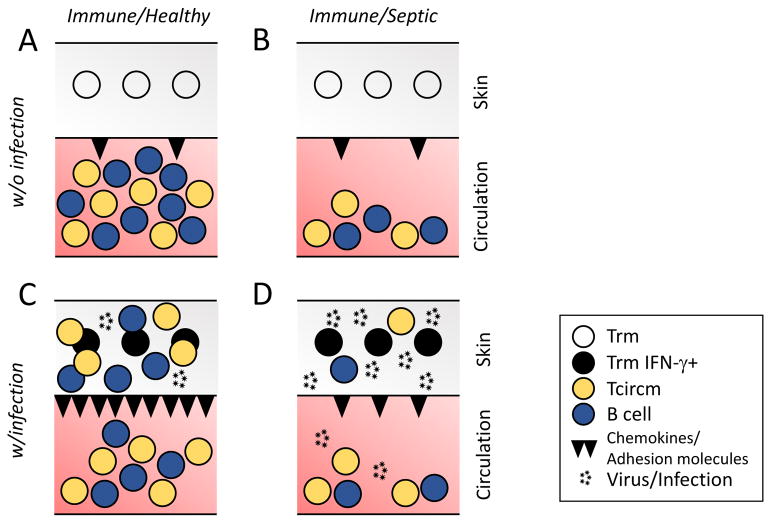Figure 3. CD8 T cell-mediated immunity to localized re-infection diminished after sepsis in a multifactorial manner.
A) Tissue resident memory CD8 T cells (TRM) and circulating memory (TCIRCM) CD8 T and B cells are evoked upon primary infection/immunization. B) ‘Moderate’ sepsis (that leads to 90%+ long-term survival) induces dramatic numerical loss of circulating but not resident CD8 T cell populations. C) Localized pathogen re-infection (or cognate Ag-encounter) of the healthy host induces the ‘sensing and alarm’ function of TRM. As a consequence, the IFN-γ produced by TRM acts on the local endothelium to upregulate chemokines and adhesion molecules (e.g., CXCL9 and VCAM1, respectively) promoting the influx of memory T and B cells from circulation and facilitating clearance of the pathogen in situ. D) ‘Moderate’ sepsis does not significantly impact the number and/or function of pre-existing TRM responding to pathogen re-infection. However, endothelial cells are unable to respond to the IFN-γ signal and upregulate chemokines and adhesion molecules. Consequently, there is a dramatically reduced number of effector cells recruited from the circulation and pathogen clearance is significantly impaired.

